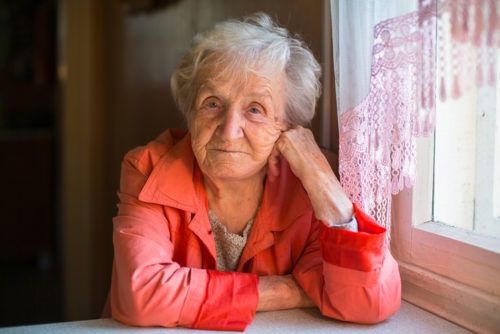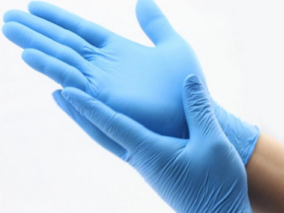Naturally, people may experience malnourishment as they age.
As people age they may develop a lower tolerance for foods that were tolerable before. A decrease in the efficiency of the digestive system makes it harder for people to convert food into energy. And difficulty with movement makes meal preparation difficult. All these factors can contribute to malnourishment.
How do we as caregivers encourage nutrition in our senior loved ones ?
In this post, we will go over 5 ways to help your loved maintain excellent nutrition.
Make Meal Preparation Easy
The first way to encourage nutrition is to make sure meals are very easy to prepare for seniors.
Prepping half-cooked or fully cooked meals which can be refrigerated and easily popped into the oven when your loved on is ready to eat is a good way to get started with this.
Grocery stores across the country now sell a wide variety of pre-cooked meals that make cooking an ease. Simple but nutritious single serve meals that can easily be placed in a microwave or regular oven can also be bought in the grocery store.
Fruits and vegetables are full of essential nutrients and should also be on hand. Most fruits and vegetables require very little cooking. This makes them perfect for healthy snacks.
Red and orange vegetables like carrots and tomatoes are rich in Vitamin A which helps with eye health.
Green leafy vegetables like kale, spinach, and lettuce are provide iron which supplies the body with energy and helps to reduce anemia.
For seniors who have difficulty chewing, there are juicers and mechanical softeners that make food easier to swallow.
Making food easily available and easy to consume ensures that seniors get the right daily caloric and nutrient intake that supports life.
Make Meals Social
As a result of major life changes, such children living far away or the loss of a spouse, many seniors experience depression and loneliness which can translate into a loss of appetite.
This loss of appetite may adversely affect nutrition in seniors.
There is evidence, however, that suggests that social eating helps older people eat more.
While this can have a downside of over-eating for some people, in adults who have trouble eating alone, this is a good thing.
Providing seniors with the company of family, other seniors, neighbors, friends, or caregivers during meals can work wonders for stimulating appetite.
Other ways to make mealtimes social for seniors include starting a potluck club. You may also suggest your loved one join a mall walker program (where they have breakfast after walks).
Seniors can also be encouraged to eat out in the neighborhood. Several cafes offer discount for senior meals and these can be taken advantage of.
Enhance the Flavor
To cater for seniors who have low appetites try enhancing foods with flavor. As people age, the strength of thier sense of taste may decrease.
Stir-frying green vegetables in a little oil with aromatic spices can change a usually bland meal into a delicious one.
Shop for Bargains
Eating nutritious meals can come at a high price.
If price is a barrier to buying more nutritious choices at the grocery store, a caregiver can play an active role in helping a senior find affordable bargains. Use weekly grocery store sales prices that come out (always a good time to stock up when there is a sale!) Look out for coupons and discounts that offer even further reduced prices.
Local charities and churches will sometimes get overflow produce from grocery stores to give to the community. These local resoures may offer good food that may be significantly reduced or even free.
Price should never be the reason why person does not eat healthily. There are great resources that caregivers can look into to help seniors enjoy better low cost nutrition.
Transportation
One of the services we provide here at Green Tree Home Care is transportation assistance. We realize it is important our clients have access to grocery transportation for optimal health.
Some seniors like to shop for themselves and a caregiver can provide a ride to the store so they can make their own selections. In fact, giving them the opportunity to go to the store and buy their own food gives people a sense of autonomy and control. A sense of a loss of control can send our senior loved ones into depression. Activities like shopping for themselves not only gives them a chance to pick out food but encourages that sense of control.
Closing Thoughts
As people age, it becomes increasingly difficult to maintain excellent nutrition due to a host of factors. In this post, I have shared 5 tips caregivers, friends, neighbors and family can all help in promoting excellent nutrition in seniors.
Encouraging excellent nutrition will increase the quality of life of our senior loved ones.
Did you like this post ?
Please bookmark it and consider sharing it with somebody that will find it useful.



